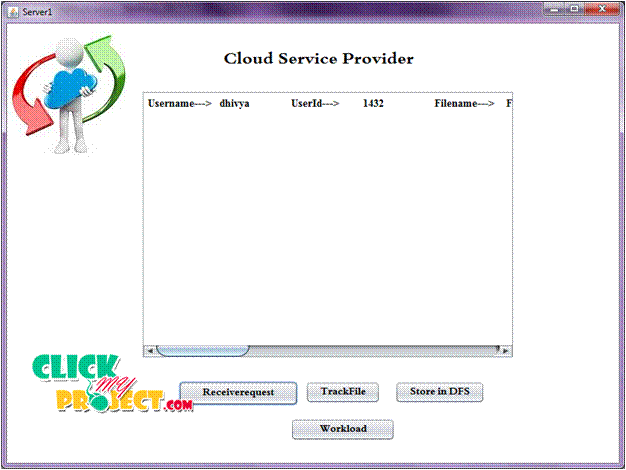Modeling a Dynamic Data Replication Strategy to Increase System Availability in Cloud Computing Environments
Our Price
₹3,500.00
10000 in stock
Support
Ready to Ship
Description
Cloud computing is a large-scale distributed computing paradigm driven by economies of scale, in which a pool of abstracted, virtualized, dynamically-scalable, highly available and configurable and reconfigurable computing resources (e.g., networks, servers, storage, applications, and data) can be rapidly provisioned and released with minimal management effort in the data centers. In this paper, a mathematical model is formulated to describe the relationship between the system availability and number of replicas, while the size, access time and failure probability of each data file are taken into consideration. To improve system availability, replicating the popular data to multiple suitable locations is an advisable choice, as users can access the data from a nearby site. This is, however, not the case for replicas which must have a fixed number of copies on several locations. How to decide a reasonable number and right locations for replicas has become a challenge in the cloud computing. In this paper, a dynamic data replication strategy is put forward with a brief survey of replication strategy suitable for distributed computing environments. It includes: 1) analyzing and modeling the relationship between system availability and the number of replicas; 2) evaluating and identifying the popular data and triggering a replication operation when the popularity data passes a dynamic threshold; 3) calculating a suitable number of copies to meet a reasonable system byte effective rate requirement and placing replicas among data nodes in a balanced way; 4) designing the dynamic data replication algorithm in a cloud.




